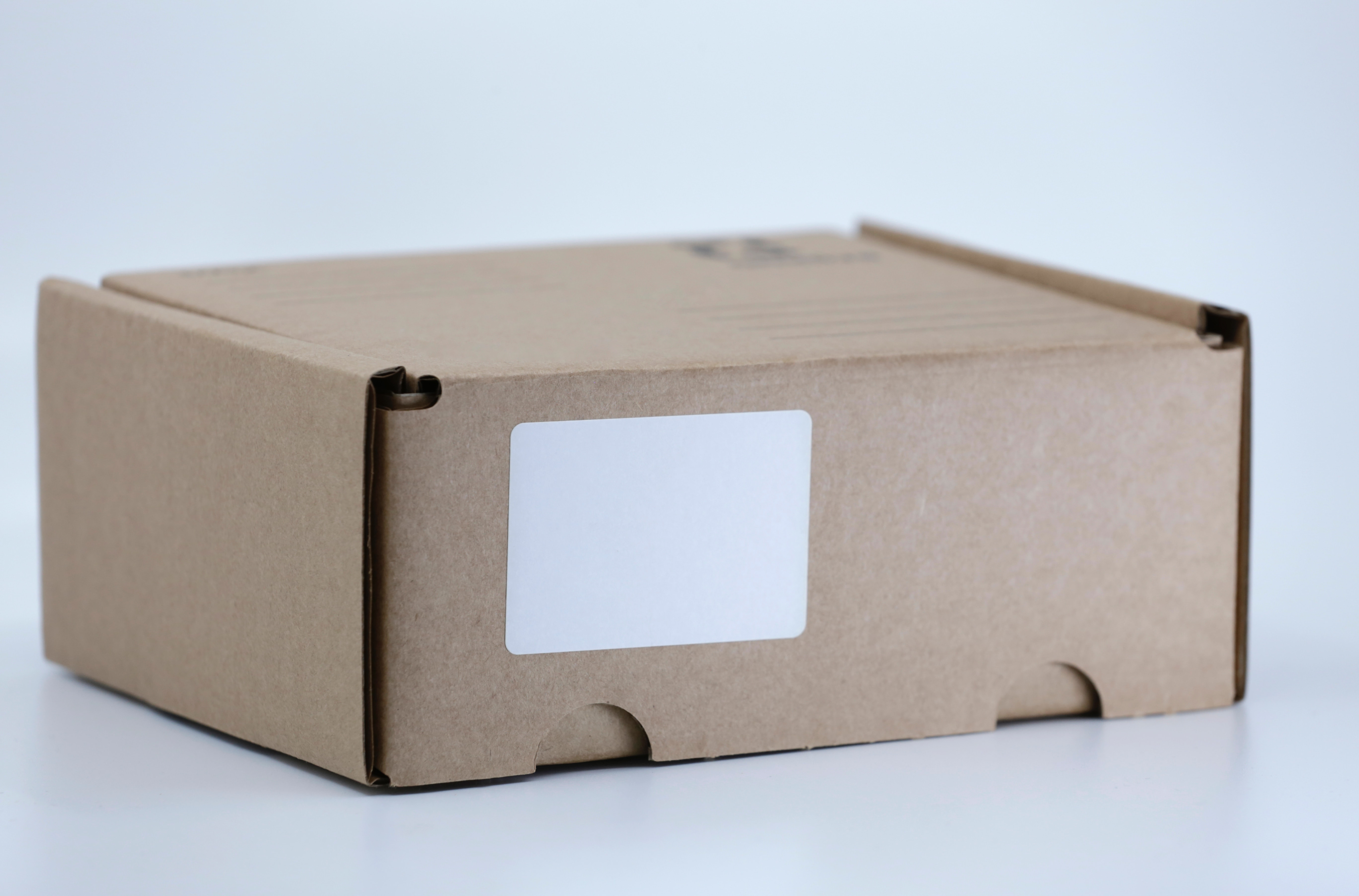E-commerce Fulfillment: Definition, types, process and setting up an e-commerce fulfillment
 Photo from Unsplash
Photo from Unsplash
What Is E-commerce Fulfillment?
E-commerce fulfillment refer to the processes involved in managing and delivering products ordered through online platforms. It encompasses various activities, including warehousing, inventory management, order processing, packaging, shipping, and returns management.
E-commerce fulfillment makes use of an ecommerce option to deliver the products and services to the customers.
What Is An E-commerce Fulfillment Option?
An e-commerce fulfillment option refers to a method or approach that businesses can choose to fulfill and deliver customer orders placed through online platforms. It determines how products are stored, orders are processed, and shipments are handled.
Types Of E-commerce Fulfillment Options
Some common e-commerce fulfillment options include:
In-House Fulfillment
Businesses handle all aspects of fulfillment internally, from warehousing and inventory management to order processing and shipping. They have their own warehouse or fulfillment center and employ their own staff to manage these operations.
Third-Party Logistics (3PL)
Businesses outsource their fulfillment operations to a third-party logistics provider. The 3PL company handles tasks such as warehousing, inventory management, order processing, and shipping on behalf of the business. This option allows businesses to leverage the expertise and infrastructure of the 3PL provider. Examples of 3PL providers include FedEx Fulfillment, ShipBob, and Rakuten Super Logistics.
Dropshipping
Instead of managing their own inventory and fulfillment, businesses partner with suppliers or manufacturers who directly ship products to customers. The business acts as the intermediary, handling marketing, sales, and customer service while the supplier handles inventory and fulfillment. Examples of dropshipping platforms include Oberlo, Sprocket, and Modalyst.
Fulfillment by Amazon (FBA)
Businesses can utilize Amazon's fulfillment network through the Fulfillment by Amazon program. They send their inventory to Amazon's warehouses, and Amazon takes care of storage, order processing, and shipping. This option allows businesses to leverage Amazon's vast customer base and Prime shipping benefits.
Hybrid Fulfillment
Some businesses choose a combination of fulfillment options based on their specific needs. They may handle certain products or operations in-house while outsourcing others to a 3PL provider or utilizing FBA for specific marketplaces. This approach provides flexibility and allows businesses to optimize their fulfillment strategy based on various factors.
How Does An E-commerce fulfillment work?
E-commerce fulfillment involves several steps to ensure smooth order processing and timely delivery to customers. Here's a breakdown of the typical process:
Inventory Management
This is the recieveing, storing and entering of the raw materials from suppliers or manufacturers. The inventory is organized and stored appropriately in the warehouse.
Order Fulfillment
Once a customer places an order through the online store, the order information is received and processed. This involves verifying the availability of the ordered items in the inventory and confirming the customer's payment and shipping details.
Picking
In this stage, the ordered items are picked from the warehouse shelves or bins based on the order details. This can be done manually by warehouse staff or using automated systems, such as barcode scanners or pick-to-light systems, to ensure accuracy and efficiency.
Packing
The picked items are carefully packed and prepared for shipment. This involves selecting appropriate packaging materials, ensuring product protection, and including any necessary documentation, such as invoices or promotional materials.
Labeling and Documentation
Shipping labels are generated and affixed to the packages. These labels include the customer's shipping address, order details, and any required carrier-specific information. Additional documentation, such as customs forms for international shipments, may also be prepared.
Shipping
Once the packages are ready, they are handed over to the selected shipping carrier or courier for transportation. In e-commerce fulfillment, the carrier refers to the company or service responsible for transporting and delivering the packages from the fulfillment center to the customer's shipping address.The carrier is typically a third-party shipping service or logistics(3PL) provider that handles the physical transportation of the goods from the fulfillment center to the customer's shipping address. Some common examples of carriers include FedEx, UPS, DHL. The carrier scans or receives the packages, and they are assigned tracking numbers for visibility during transit.
Tracking and Communication
The tracking numbers are communicated to the customer, allowing them to monitor the status and progress of their shipment. Updates on order fulfillment and shipping notifications are sent to the customer through email or the e-commerce platform.
Delivery
The carrier transports the packages to the customer's shipping address. The packages are delivered according to the selected shipping method, such as standard ground, express, or overnight delivery.
Returns and Exchanges
In case of returns or exchanges, the fulfillment process includes a stage for handling these requests. The returned items are received, inspected, and processed according to the business's return policy. Depending on the condition of the returned items, they may be restocked, repaired, or refunded.
Setting Up An E-commerce fulfillment
Setting up e-commerce fulfillment requires careful planning and execution. Here are some steps to guide you through the process:
Determine Your Fulfillment Strategy
Decide on the fulfillment model that aligns with your business goals. Options include in-house fulfillment, third-party logistics (3PL), or a combination of both.
Select a Suitable Location
Choose a warehouse or fulfillment center location that is strategically positioned to efficiently reach your target customers. Consider factors such as proximity to transportation hubs, cost of operations, and access to skilled labor.
Set Up Warehouse Infrastructure
Configure your warehouse space for efficient storage, inventory management, and order processing. Determine the layout, shelving systems, and equipment needed to handle your product range.
Establish Inventory Management System
Implement an inventory management system to track stock levels, monitor product movement, and automate inventory replenishment. This system should integrate with your e-commerce platform for seamless order processing.
Choose Packaging Materials
Select appropriate packaging materials that protect products during shipping. Consider factors such as product fragility, size, weight, and shipping method. Strive for cost-effective solutions without compromising product safety.
Integrate with E-commerce Platform
Integrate your fulfillment operations with your e-commerce platform to enable real-time order processing, inventory synchronization, and automated updates. This integration ensures accurate order information and improves overall efficiency.
Define Order Processing Workflow
Establish a streamlined order processing workflow. Determine how orders will be received, validated, picked, packed, and shipped. Optimize this workflow to minimize errors and maximize efficiency.
Select Shipping Carriers
Identify shipping carriers that align with your business requirements and customer preferences. Consider factors such as shipping rates, delivery speed, reliability, and tracking capabilities. Negotiate favorable rates and establish partnerships with preferred carriers.
Implement Quality Control Measures
Define quality control processes to ensure accurate order fulfillment and maintain product quality standards. Conduct regular inspections, perform order accuracy checks, and establish return/exchange procedures.
Technology Integration
Leverage technology and automation tools to streamline fulfillment processes. This includes integrating an order management system (OMS), inventory management software, and shipping platforms to enhance efficiency and accuracy.
Leverage technology advancements like automation, robotics, and artificial intelligence to enhance efficiency, accuracy, and productivity in warehousing and fulfillment operations.
Test and Optimize
Before launching your fulfillment operations, thoroughly test your systems, processes, and integration points. Identify areas for improvement and refine your operations based on feedback and data analysis.
Train and Hire Staff
Train your fulfillment team on standard operating procedures, safety protocols, and customer service. Ensure they have the necessary skills to handle inventory management, order processing, packaging, and shipping tasks.
Monitor Performance and Adjust
Continuously monitor key performance indicators (KPIs) such as order fulfillment time, accuracy rates, shipping costs, and customer satisfaction. Analyze data to identify bottlenecks, areas for improvement, and opportunities to optimize your fulfillment operations.
Scalability and Flexibility
Plan for growth by designing fulfillment operations that can scale with increasing order volumes. Ensure your logistics processes can adapt to changing business needs, seasonal peaks, and market demands.
Continuous Improvement
Regularly evaluate and optimize fulfillment processes. Seek feedback from customers, analyze customer reviews and ratings, and implement improvements to enhance the customer experience.
Stay Updated with Industry Trends
Keep up with evolving e-commerce and logistics trends, such as same-day or next-day delivery, sustainable packaging, and returns management. Adapt your services to meet changing customer expectations and market demands.
Effective e-commerce fulfillment play a vital role in customer satisfaction, repeat purchases, and business success. By focusing on efficient operations, accurate order fulfillment, and a seamless customer experience, you can build a strong reputation and gain a competitive edge in the e-commerce marketplace.
Related articles

Adaora Umeoji becomes the first female Group Managing Director of Zenith Bank






High cost of transport: More goods, food items’re travelling than people on yuletide



More articles »
Latest Posts

Top 5 best cheapest and fastest VPS hosting providers

What is remote work? (Meaning, Examples, Type, Pros and Cons)

How to become a professional Writer, (step-by-step guide)

Tips for becoming a successful public speaker, and monetizing your skill

Creating And Selling A Successful YouTube Channel
More Posts »